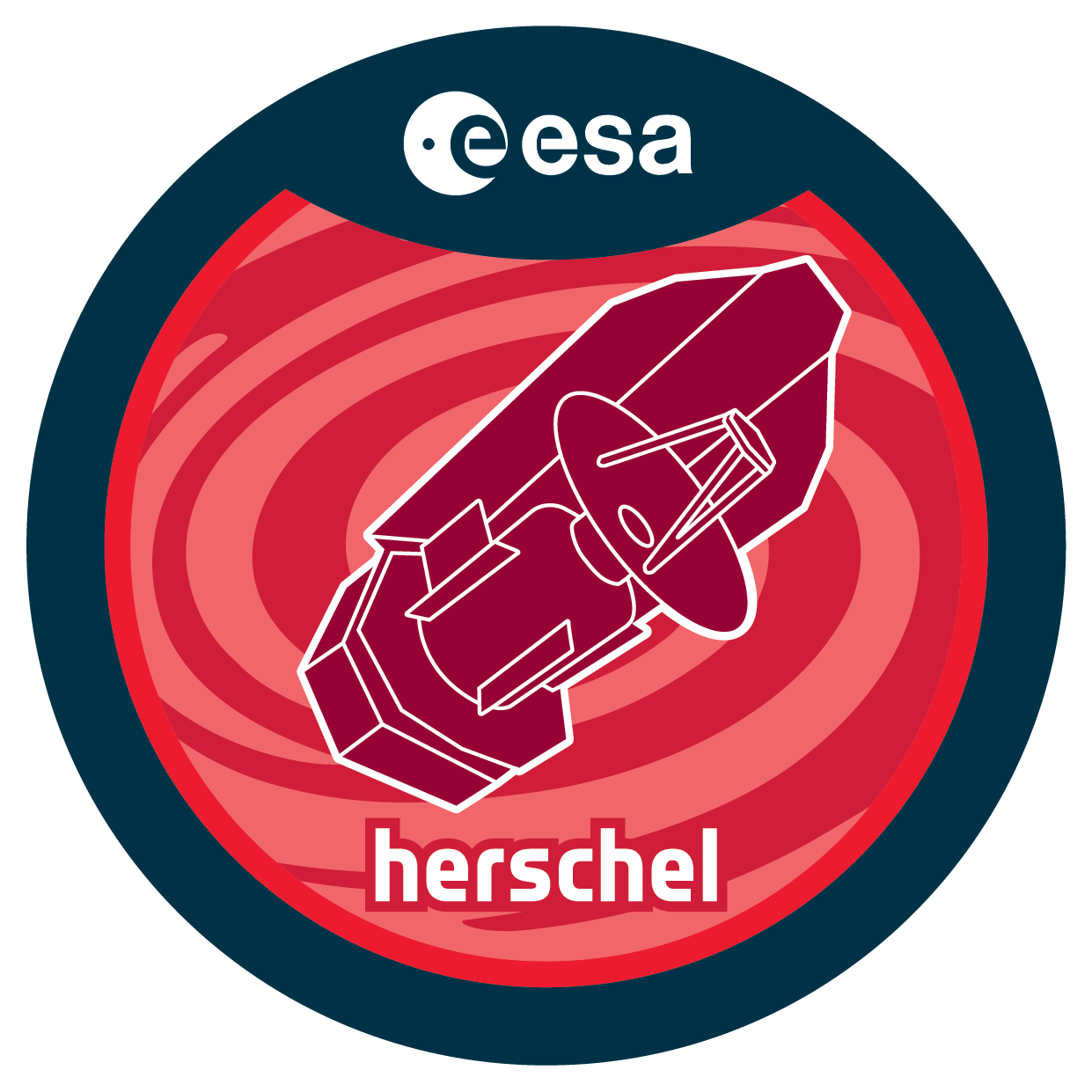| Description |
CII , OI and far infrared continuum emission properties of local Lyman Break Analogs We propose to observe 9 Ultra Compact UV-luminous galaxies, selected from Overzier et al (2009) with the PACS spectrometer in the CII and OI lines at 158 micron and 63 micron, and with the PACS photometer in the green and red filters.These galaxies are at redshifts ~0.2-0.3, they are rare in the nearby Universe and they were chosen because they are analogs of theLyman Break Galaxies (LBGs), (Heckman et al 2005). For this reason, they have been called: Local Break Analogs (LBAs). LBAs and LBGs share many global properties such as, stellar mass, metallicity, dust extinction, star sormation rate (SFR), physical size and gas velocity dispersion.Despite they have been observed with SPITZER at 24 and 70 micron, no systematic and detailed studies of their infrared properties has been done so far.We want to characterize the far infrared (FIR) properties of these galaxies. The porposed CII and OI observations together with ancillary CO data will allow us to study the physics of the ISM and its interplay with the heating sources. Given the similarity between LBAs and LBGs, these results will shed light also for the LBGs population, helping their further characterization. We will also verify if LBAs, and by analogy also LBGs, are CII deficient or not. In the case LBAs are not CII deficient, we will empirically calibrate the CII emission as a SFR indicator. The SFR will be calculated from the FIR emission measured with PACS, assuming that in such UV bright sources most of the FIR is produced by young stars. Thus, this data set will provide an unique local reference sample for the future infaredobservations of high redshift UV-bright galaxies with ALMA. |

